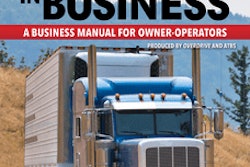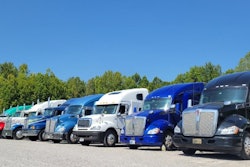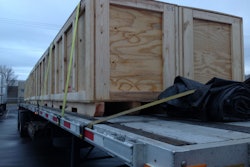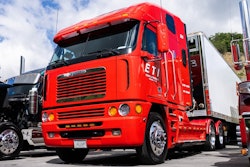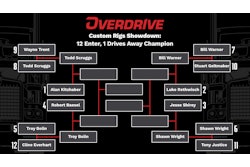There's plenty for owner-operators and small fleets, especially those with authority, to learn from large carriers that have been targeted in questionable litigation. Making smart choices about where to spend your money to ward off risk, chiefly in the area of liability insurance, could be key to your survival if you collide with a four-wheeler. It's especially true for those who achieve success such that they grow beyond just a couple of trucks. As the old saying goes, the bigger you are, the harder you fall. When it comes to plaintiff's lawyers chasing the ambulances to accident scenes, the larger the company, the larger the potential payout from a jury.
Litigation is more common than you might expect. More than half of owner-operators report having experienced post-crash litigation at some point in their careers.
Excess liability insurance. The threat of litigation is ever-present in the event of an injury or fatality accident, and that even goes for nonfault accidents where you might not expect litigation to rear its head.
Some carriers carry extra liability insurance -- an extra $1 million or more above the standard $1 million policy. Doing this will increase your premium, which can be offset with a higher deductible if you have the resources to pay for most smaller accidents.
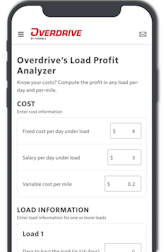
It seems wise to have as much protection as you can afford. Yet the more you have, the more likely it is that threat of a lawsuit will result in a settlement near or equal to the limits of whatever you carry, increasing costs for you and your insurer.
Given these dynamics and the minimum $750,000 in government-mandated required liability coverage, it’s no wonder trucking businesses are a target for plaintiff’s attorneys.
Many small fleets’ insurance policies have no deductible, meaning the fleets pay no part of any insurance claim directly. Insurers, thus, for the majority of those smallest fleets, are more inclined to settle out of court if they have a sense that a drawn-out court case could go awry toward a high award.
Excess liability insurance is at least cheaper than the primary policy for an owner-operator with their own authority. While the first million in coverage could run from $15,000 or more in annual premiums, you’d likely only be looking to add a fraction of that for the extra million in coverage.
[Related: Nuclear-verdicts threat rolls downhill to owner-operators, small trucking companies]
Camera and ELD evidence. Much of the monitoring equipment that so many larger carriers have invested in also gives them a critical edge in legal disputes. The same goes for owner-operators. Video cameras, often also used in ongoing training for drivers who exhibit unsafe habits at larger carriers, also can prove what really happened in a crash.
Electronic logging devices, beyond their primary function, can remove a common line of legal attack by encouraging and proving bedrock compliance with hours of service regulations.
Though many owner-operators eschew the driver-facing in-cab camera, road- and driver-facing cameras together can prove helpful in the event of a crash, as the driver-facing camera can help prove you weren’t on the phone or doing something else to distract your attention from the road when the accident occurred.
Read next: Small fleet expansion requires investment in people, systems, self-education
